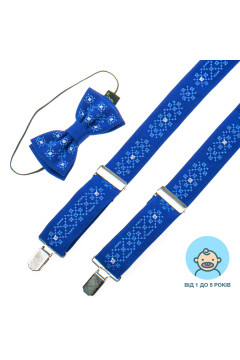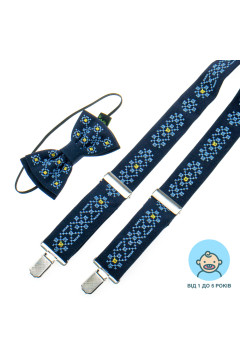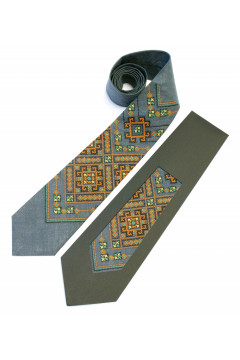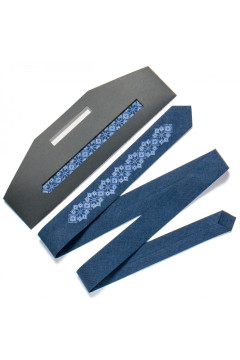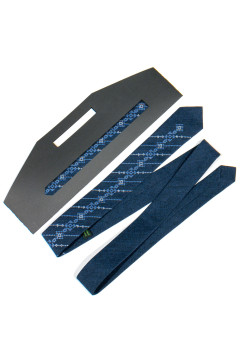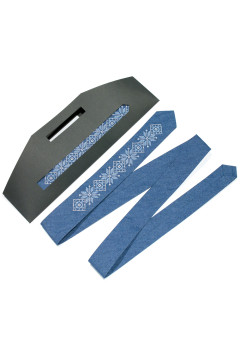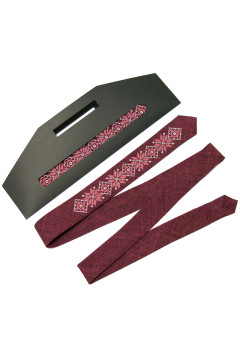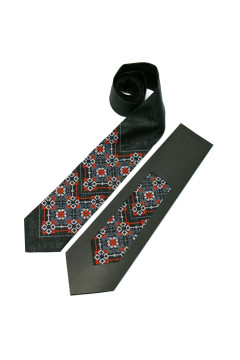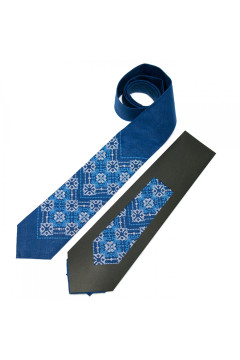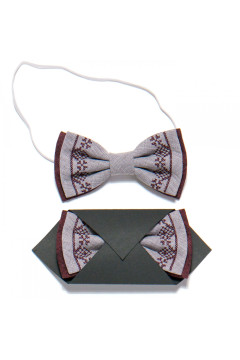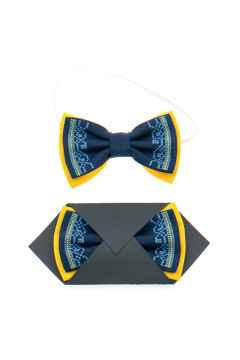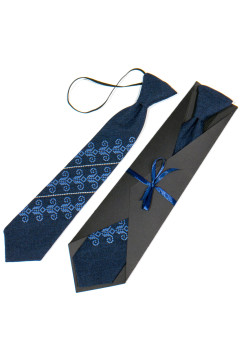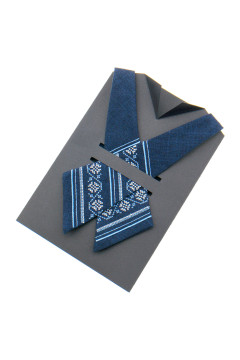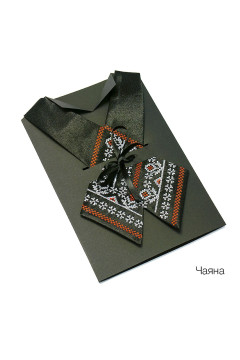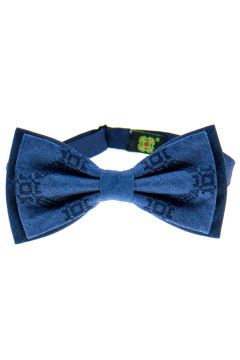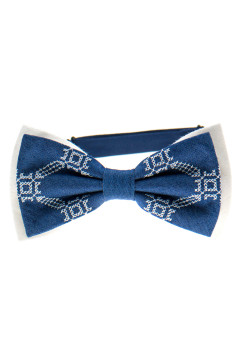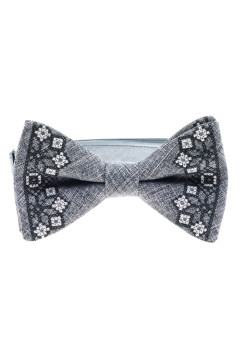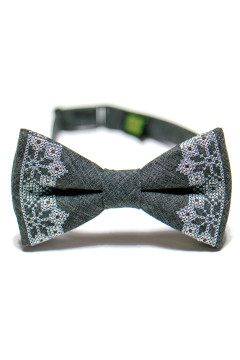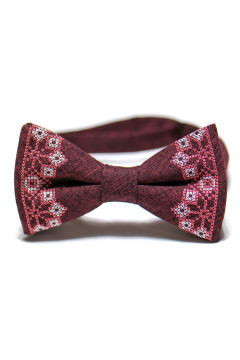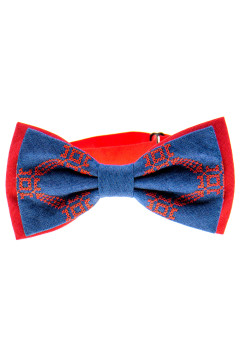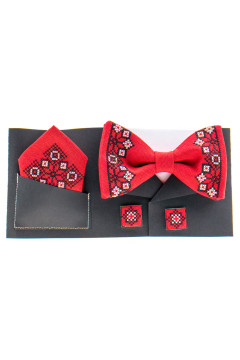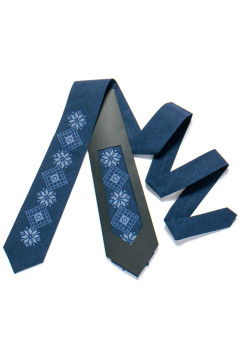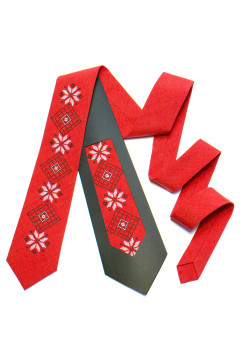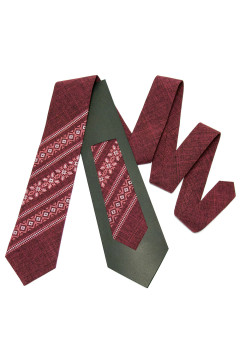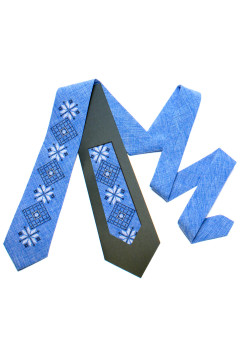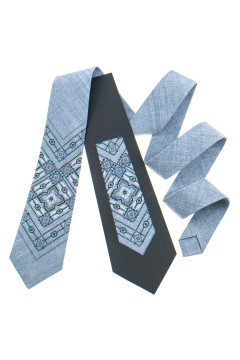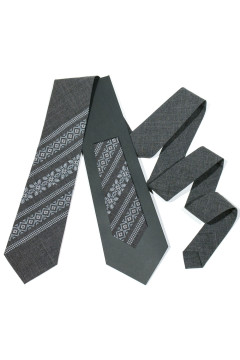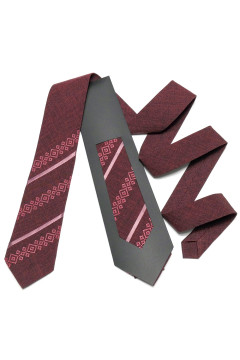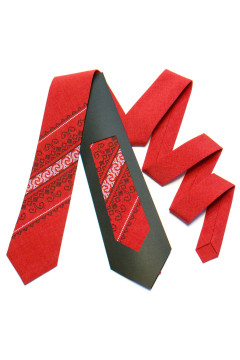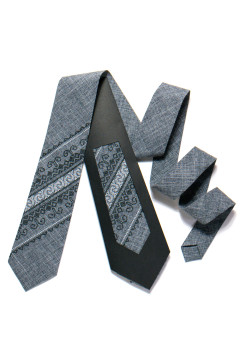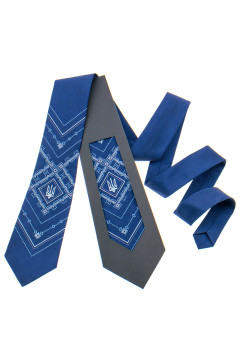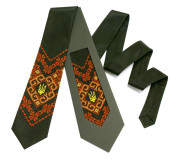What will help emphasize the sophistication of the suit, indicate the status and position of its owner, give elegance and some restraint? Of course, a tie! This item of men's wardrobe often has a rather long and interesting history of origin. The first mention of such a neck accessory is found in ancient descriptions of the Roman army, where Roman legionnaires tied the collars of their shirts with pieces of fabric, thereby protecting the body from rubbing against the heavy elements of their armor. Although in those days, the tie still had more practical significance than being used as an accessory.
The beginning of the culture of wearing ties is considered to be the end of the 17th century, when Croatian soldiers arrived in Paris to celebrate the victory over the Ottoman Empire. Parisians were interested and excited by the bright neckerchiefs worn by Croatian officers. Interestingly, the name of the ties was formed by pure chance; not knowing French, Croatian soldiers perceived the question of what kind of handkerchief it was as a question of who they were. In French, Croat sounded like "Croates", and over time this name transformed into "Cravat" - this name remained in many European languages, Ukrainian is no exception. Quite quickly, this element of the costume also interested the French king Louis XIV, who became famous as a great connoisseur of fashion, and soon he created a special regiment, the distinctive regalia of which was precisely the tie. In light of those events, the neckerchief-tie very quickly came into fashion.
A new and interesting accessory began to be widely used in Europe, where both men and socialite ladies began to tie pieces of fabric around their necks. At the end of the 17th century, men wore luxurious lace ties, which required considerable effort and time to tie correctly and beautifully, they were replaced at the beginning of the 18th century by more laconic ties "Stocks", which were a more laconic piece of fabric, mainly from muslin, which was simply wrapped several times around the neck and fixed with a pin. Over time, neck scarves-ties either became more complicated and became more chic, or acquired simple and restrained forms. With the advent of the industrial revolution, ties became simpler and more convenient, it was since then that the bow tie found its place in men's fashion.
The tie we are used to seeing in everyday life appeared only in 1926, when in New York a new model was sewn and patented from 3 pieces of fabric, which were cut on the bias. It is this method of cutting that ensures the elasticity and stability of the tie's shape.
Today, it is difficult to imagine the image of a respectable business person without a stylish and fashionable tie, so the ethnic style goods store ETNOHATA presents an interesting collection of stylish ties in the best traditions of Ukrainian embroidery.

